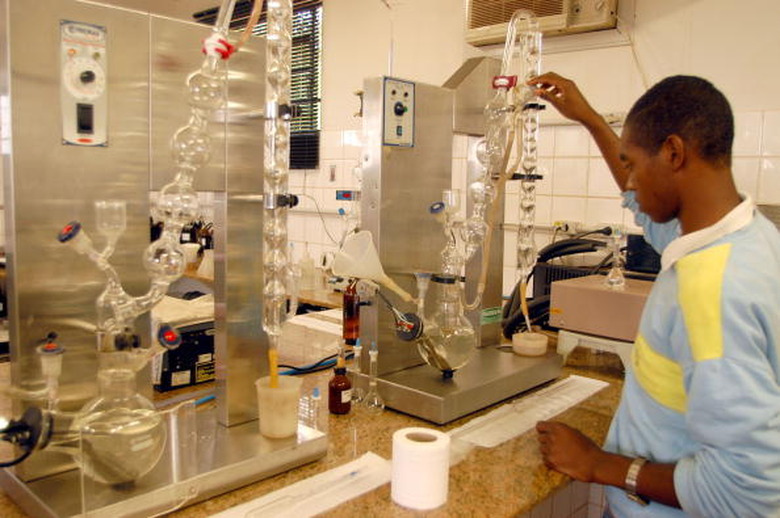What Causes Foaming In A Distillation Column?
Foaming in a distillation column is the expansion of liquid that provides high interfacial liquid-vapor contact. Although one of the least common causes of distillation column malfunctions, foaming can increase until the fluid in one tray mixes with the liquid on the above tray in a process called entrainment. This process decreases the vapor-liquid equilibrium, slowing down the distillation process. Excessive foam can have many causes.
Vapor or Gas Conditions
Vapor or Gas Conditions
Foaming in a distillation column may be due to the passage of vapor or gas. This may be because the gas velocity is to too high or the rate of evaporation is too fast.
Physical Properties in the Liquid
Physical Properties in the Liquid
Physical properties in the liquid can create foam. The pH far from zpc (zero point of charge) means the liquid does not have the right amount of acidity.
Naturally occurring ring polymers and surfactants (compounds that lessen the surface tension of the fluid), particles of solids that are added to the mixture and corrosion particles that accumulate as the parts to the mechanism age all aid in producing unwanted foam.
Sometimes the culprit is dissolved C02 in the feeder hose.
Trays
Trays
The design, condition and placement of the trays used in the column can add to a foaming problem. An example is when the overhead disengaging space is not high enough. This means the trays are not separated far enough above each other to keep the liquid in the bottom trays from foaming up into the top trays.
Drop
Drop
Impact of large amounts of liquid from the feeder hose falling into the smaller areas of the sump creates foam. The higher the drop, the less foam is created. This condition is more of a problem in tray column sumps where the liquid falls like a waterfall than in pack column sumps where the liquid falls more like rain.
Mechanical Malfunction
Mechanical Malfunction
Foaming may occur due to mechanical problems such as the mechanical foam breaker not rotating or the baffle foam breaker being damaged or incorrectly designed.
Anti-foam Agent
Anti-foam Agent
Antifoaming agents that are regularly incorporated into the mixture may be ineffective. This may be because they are being added at an incorrect rate or the wrong type of agent is being used.
Cite This Article
MLA
Yirka, Tonya. "What Causes Foaming In A Distillation Column?" sciencing.com, https://www.sciencing.com/causes-foaming-distillation-column-8697646/. 24 April 2017.
APA
Yirka, Tonya. (2017, April 24). What Causes Foaming In A Distillation Column?. sciencing.com. Retrieved from https://www.sciencing.com/causes-foaming-distillation-column-8697646/
Chicago
Yirka, Tonya. What Causes Foaming In A Distillation Column? last modified March 24, 2022. https://www.sciencing.com/causes-foaming-distillation-column-8697646/
